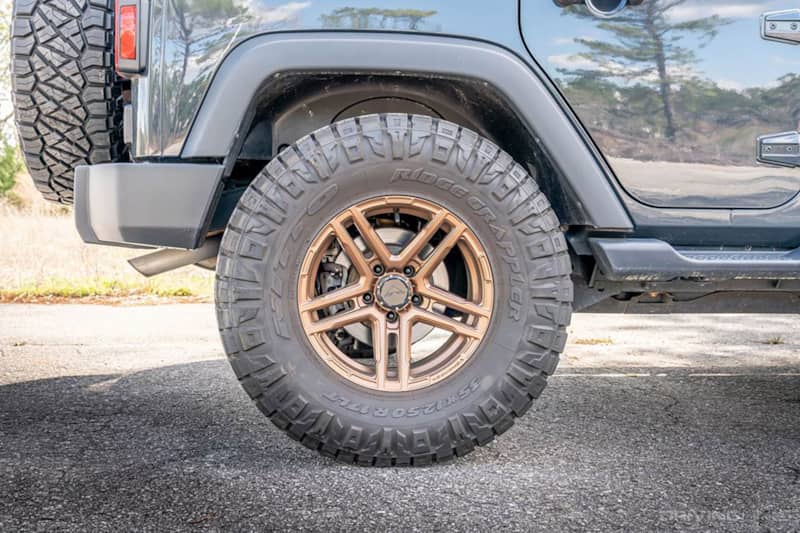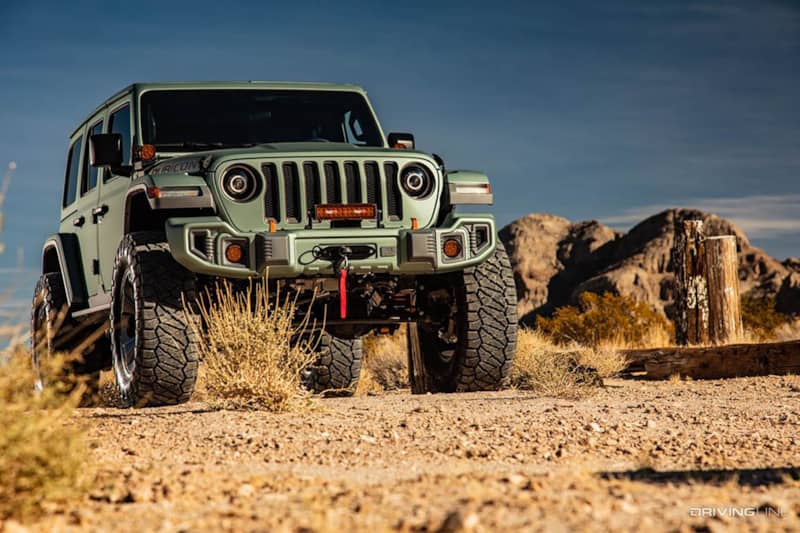Jeep Wrangler 4xe Plug-in-Hybrid vs Wrangler Gasoline: Which is the Best Value?
When Jeep introduced the Wrangler 4xe plug-in-hybrid a couple of years ago, you could’ve reasonably thought the new hybrid Wrangler would be a niche powertrain option for what’s already a relatively niche vehicle.

But now that the 4xe has been on the market for a while, it’s clear that Jeep is pushing to make the 4xe more than just an expensive version of the Wrangler with plug-in capability.
In fact, in the ever-increasing push toward electrification, they’d like to see the 4xe become the default option for Wrangler customers.

And thanks to government rebates and the valuable clean-air credits, there are some instances where the more powerful, higher MSRP, plug-in Wrangler is actually the more affordable option.

So for someone looking to purchase a new Wrangler today, is the 4xe a better option? Or do the traditional gas-only models still deliver the best overall value?
To Plug-In or Not To
Before we break it down, let’s clarify one thing. If you own a Wrangler 4xe you don’t have to plug it in. And apart from the battery and hybrid system, it's still a Wrangler with all of the same aftermarket options and ownership community.

Yes, if you keep the battery charged, the 4xe can drive on electric power alone for around 21 miles—which is enough range to cover many smaller commutes without using gasoline. But even if you never plug it in, the 4xe will still operate as a normal gasoline hybrid.

You’ll probably have a more enjoyable, more economical experience if you do take advantage of the electric range. And charging ability (or willingness) is absolutely something to consider to when buying one. But if you can’t charge or don’t want to charge, the hybrid can be operated as you would any other Wrangler.

And with all that said, there are other benefits to the 4xe. Yes it’s heavier than the non-hybrid version but that weight difference is made up for with a big bump in power.

The Wrangler 4xe’s electric assisted 2.0L turbo four-cylinder makes 375 horsepower and 470 pound-feet of torque. A huge jump from The non-hybrid 2.0 turbo’s 270 horsepower and 290 pound-feet of torque.
The Cost Question
While the 4xe Wrangler was initially only available in higher-end Sahara and Rubicon trims, you can now get the 4xe in several different trim levels, including the base Sport S model.

The addition of those new lower trim levels naturally makes the 4xe cheaper than its been, with a starting MSRP of about $51,000 for the Sport S.
On paper, the normal gasoline Wrangler has a much-cheaper appearing base price which starts in the low $30,000s. But as a four-door with an automatic transmission (the only way the 4xe is offered) that price Delta shrinks to around $11,000.

That’s still a big difference in MSRP, but the X-factor is the incentives and rebates available on the 4xe. Namely, there’s the potential $7,500 federal tax credit that all new 4xes come with, along with possible regional rebates that could drop another couple thousand off the price.

If you are purchasing a new 4xe, you can claim the $7,500.00 as credit on your taxes. Or if you are leasing, that $7500 comes right off the top of the deal, and when combined with other discounts, helps make the payments a lot more palatable.
The exact “deal” will depend on the dealer and other local incentives, both pre and post-purchase, but in some cases the 4xe can be the cheaper version overall.

What about fuel economy? Apart from the 4xe’s ability to run as an EV, thanks to its heavier weight it’s actually at a slight disadvantage to the non-hybrid version when it comes to EPA ratings on the gas engine alone.

It’s not a significant difference though, and in either case you’ll likely be getting around 20 miles per gallon when not using electric power.
An Easy Choice?
As you can gather, when all the discounts and incentives are considered, spending a little extra (or maybe even less) for the 4xe seems like the right choice. It has the same base engine, the same transmission and 4x4 system, but with much-increased performance and the ability to operate as an EV for short drives.

If there’s one potential drawback, that might be the untested long-term reliability of the battery and hybrid systems, but whether that’s a factor will depend on how long you intend to keep your Jeep.

All things considered, unless you are planning to go with the old-school, two-door manual transmission Wrangler, it’s hard to not recommend the 4xe for most buyers. Even if you don’t plug it in religiously it gives you a lot more performance with no trade-offs.
More From Driving Line
- Maybe you are looking for a hybrid Jeep that's a bit more comfortable for the family? Here's how the Wrangler 4xe stacks up against its Grand Cherokee 4xe cousin.







